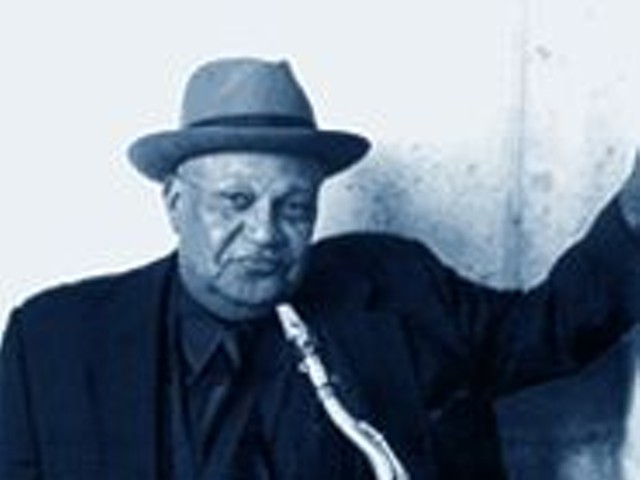Director/playwright Edie Avioli begins with an intriguing notion: adapt Carroll's fantasy for a modern moment and have Alice Web-surf through adventures featuring characters from the books. Having Alice realize that these odd and offensive personae are, in fact, mirroring her own behavior keeps faith with the books' pre-Freudian awareness. Unfortunately, this production -- like Lewis Carroll's books, one supposes -- is aimed more at parents than children, with plenty of computer argot about downloading, tech support, dot-coms and dot-orgs, along with a te-e-edious theme about "embracing diversity."
After refusing to accompany her stepfather to meet her new relatives, Alice gets a "time-out" in her room, with the plug yanked from her darling PC. Or is it? Before long, her mouse, Clickett, comes to life and accompanies her on a journey to learn about tolerance, diversity and how the Internet's not "like a highway with a lot of fast cars." The original Alice is menaced by an agitated rabbit, a grinning cat, a narcotized caterpillar, a Mad Hatter and a March Hare -- and that's just barely halfway through the first volume. Piwacket defangs many of these originals and adds talking flowers and Tweedledum and Tweedledee from Looking-Glass. For the most part, the script is entirely new -- and where Carroll used drollery and wordplay to amuse his readers, Avioli has the characters tell lame riddles and knock-knock jokes to amuse the younger kids. Why have the Mad Tea Party crew recite the real "Twinkle Twinkle Little Star" when Carroll's rendition is so much weirder and wittier? ("Twinkle twinkle little bat/How I wonder what you're at/Up above the world you fly/Like a teatray in the sky.")
The flagrantly PC message of Wonder.com is that we're all different, different, different. We have different skin colors and ethnicities, but we have to accept, accept, accept one another. As cant it's simplistic, and as theater it's dull, and one suspects this uninflected message flies straight over the tousled heads of the junior auditors. Piwacket spices the broth with a number of short, unmemorable ditties accompanied by brittly-tinkly Casio keyboard and out-of-tune actors. At various points in the performance I saw, a quick scan of the younger faces in the auditorium revealed bland, stupefied faces -- the hypnotized expressions of kids watching TV, not live theater.
As Alice, the grown-up Sharen Camille is an energetic brat who pouts when the dictionary definition of "tolerance" emerges on her big screen. Robert Mitchell (who's also credited with "sound design" -- I'm not sure whether this means he composed the aforementioned ditties) plays her father, and the White Rabbit and is best in a brief gospelized song about "saving your work" (the horror of power surges). The other actors also play multiple roles. Todd Gillenardo and Ben Grimes had wavering Monty Python accents as the Hatter and Hare -- was it Scottish, Scouse or Souf Lun'un they were aiming at? And did they have to scream throughout their scene? Nevertheless, as Tweedles Dum and Dee they made up for these deficiencies in the best Carroll-swiped moment in the play. Here, this demonic duo wear hardhats with clown fringe and enter twirling golf umbrellas like big wheels. Though they, too, offer up wan knock-knock jokes.
Despite the promise of that large screen, it is smartly utilized but once -- when Mary Schnitzler as the Queen of Cards enters and stands before an enormous image of a butterfly. The trompe l'oeil effect suggests she has grown leviathan wings. Schnitzler gets the prize for bearing up under unwieldy costumes -- she doubles as the caterpillar with an elaborate suspended tail. Otherwise, back projection would take care of the shadows that appeared on the screen whenever actors moved centerstage, which was often. Other directorial problems include the conceit that Alice is "in" the computer, so lots of action happens way, way upstage, which means small audience members must sit up even taller. And images of people seemingly drawn from UNICEF brochures to underscore the "difference" theme about how we need to get along seem patronizing but probably just weren't thought out.
Happily, on my last trip to the library, multiple copies of Carroll's original story, with the John Tenniel illustrations, were on the shelf, waiting to be checked out and read aloud.
[email protected] continues through July 16.





